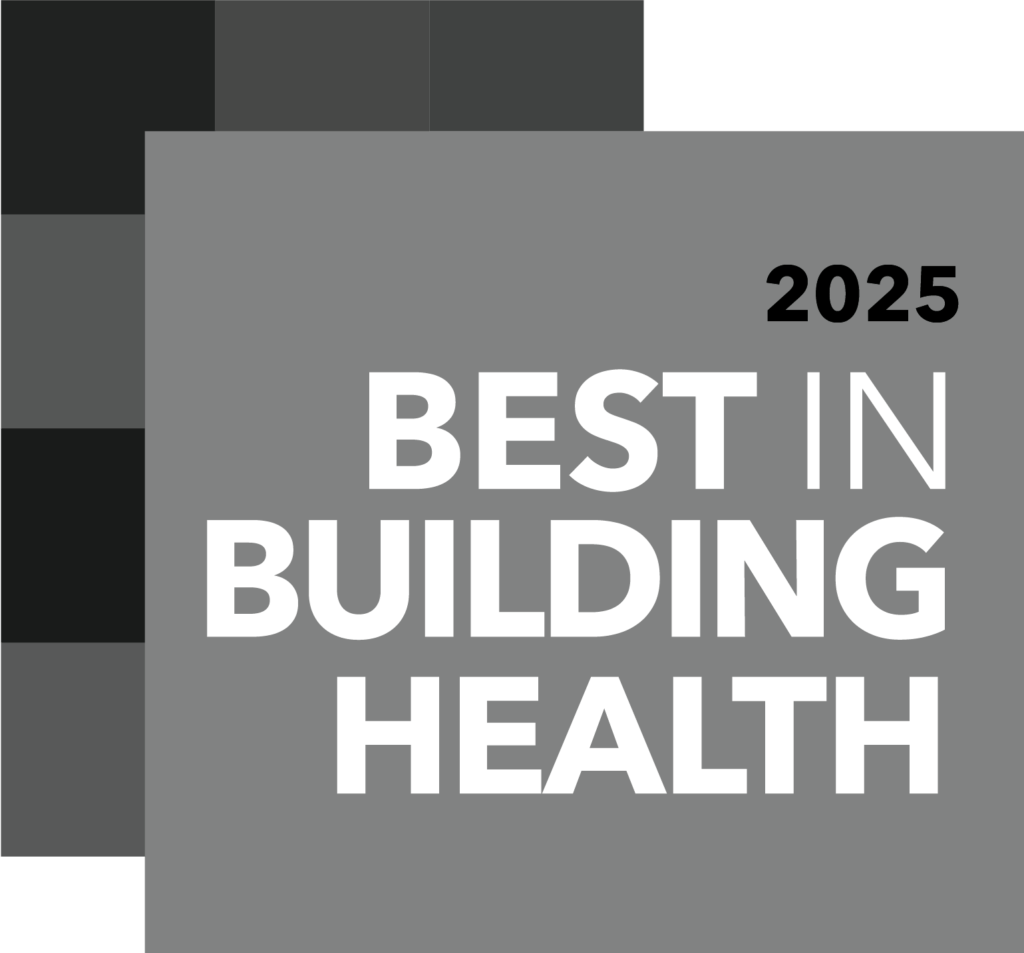At EVORA we recognise that our business have the ability to deliver significant positive sustainability impacts through our software, managed service and consulting offerings. However, it is also important that we consider our own impact.
Whilst we continue to develop plans, we have already made and signed up to the World Green Building Council’s NZC commitment.
Our commitment:
EVORA commits to achieving net zero carbon by 2040 covering emission scopes 1,2 and 3. EVORA will apply operational control boundaries to this Net Zero Carbon commitment. Specifically, our Scope 3 emissions will cover carbon emissions from direct materials usage, water use, waste generation and business travel. We will monitor scope 3 emissions from 2030 onwards.
To date we actively monitor scope 1 and 2 emissions. The table below shows our emissions over the last two years:
| 2023 Financial Year | 2024 Financial Year | |
| Scope 1 | 6.18 | 23.44 |
| Scope 2 | 1.44 | 7.47 |
| Total | 7.62 | 30.91 |
You will note that our emissions increased in 2024. This is due to our changing office profile and the introduction of larger offices. For more information contact info@evoraglobal.com.










